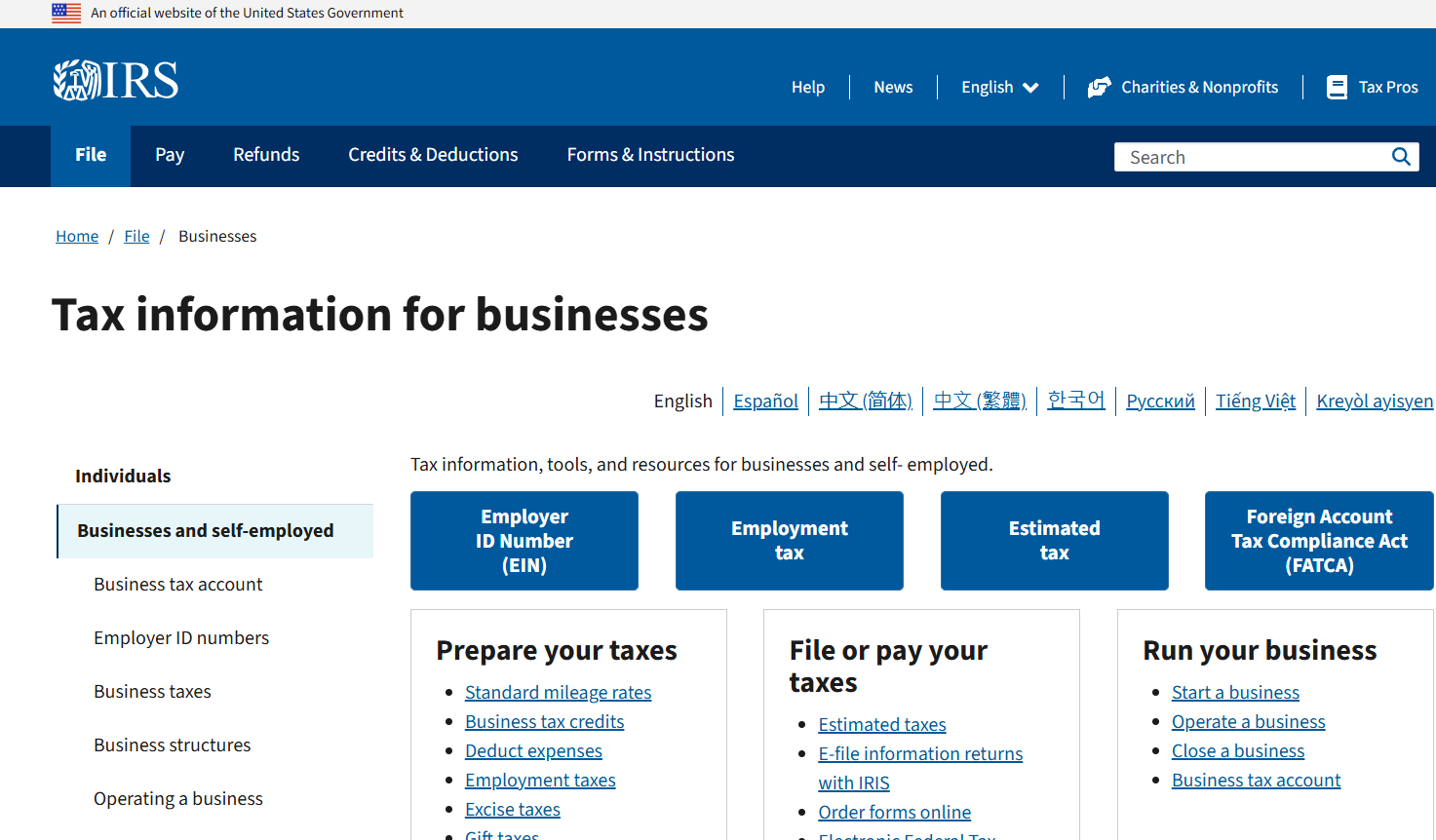Getting Married? What a Perfect Time to Talk About Taxes!

by Gregory S. Dowell
Updated May 16, 2023
Spring is the traditional kick-off to wedding season, and thoughts quickly turn to the wedding venue, gifts, the happy couple, and, of course, the guest list. Lurking somewhere in the shadows, behind even that strange uncle you barely know, is another guest that needs to be considered: The tax impact on the newlyweds.
To start, newlyweds will have two options for filing their income taxes in the year of marriage: Filing status can either be married filing jointly, or married filing separately. In the vast majority of cases, a couple will benefit with a lower overall tax burden to the couple by choosing to file married filing jointly. One of the classic cases where a couple may consider filing separately is when one spouse has significant amounts of medical expenses for the year. Medical expenses are only deductible if they exceed 7.5% of adjusted gross income; using only one spouse's income may allow a deduction to be taken if filing separately, compared to losing the medical deduction entirely if both incomes are combined by filing jointly.
We previously had written about the tax trap that often occurs when two people get married, resulting often in an unanticipated balance due when the first joint tax return for the couple was filed. While President Trump’s Tax Cuts and Jobs Act (TCJA), changed the dynamics somewhat, it is still worthwhile to put pen to paper before saying “I do”. Prospective spouses have the opportunity to save money by taking income tax considerations into account before tying the knot. That’s particularly true for those who plan to marry late this year or early next year. As this article explains, from the federal income tax standpoint, some individuals marrying next year may come out ahead by either deferring or accelerating income, depending on their circumstances. Others may find it to their advantage to defer a year-end marriage until next year.
For some quick background, a “marriage penalty” exists whenever the tax on a couple’s joint return is more than the combined taxes each spouse would pay if they weren’t married and each filed a single or head of household income tax return. Before President Trump’s TCJA, only the 10% and 15% married filing jointly brackets were set at twice that of the singles bracket, and so the marriage penalty effect on joint filers applied in the brackets above the 15% bracket. Beginning with the 2018 tax year, however, the TCJA set the statutory tax brackets for marrieds filing jointly-through the 32% bracket-at twice the amount of the corresponding tax brackets for singles. As a result, the TCJA eliminated any tax-bracket-generated marriage penalty effect for joint filers where each spouse has roughly the same amount of taxable income-through the 32% bracket.
For example, if two individuals who each have $215,950 of taxable income file as single taxpayers for 2022, each would have a tax bill of $49,335.50, for a combined total of $98,671. If they were married, their tax bill as marrieds filing jointly would be $98,671, exactly the same amount as the combined total tax they’d pay as single taxpayers.
Because the 35% bracket for marrieds filing jointly isn’t twice the amount of the singles 35% bracket, the marriage penalty effect will still apply to joint filers whose income falls in the 35% bracket. Using 2022 tax tables, two single taxpayers may each have $500,000 in taxable income, for a combined total of $1,000,000, without having any of it taxed higher than 35%. However, for marrieds filing jointly, the 35% tax bracket ends at $647,850 in taxable income, and each additional dollar of taxable income taxed at 37%.
Thus, where two high-earning unmarried taxpayers with substantially equal amounts of taxable income are planning for their marriage to take place either late this year or early next, it may pay from the tax viewpoint to defer the marriage until next year. As an example, if two individuals each have $539,900 of taxable income file as single taxpayers for 2023, each would have a tax bill of $162,718, for a combined total of $325,436. If they were married before the end of the year, their tax bill as marrieds filing jointly would be $334,076, or $8,640 more than the combined total tax they’d pay as single taxpayers.
If only one of the prospective spouses has substantial income, marriage and the filing of a joint return may save taxes, thus resulting in a marriage bonus. The bonus is the result of two factors: 1) the tax brackets for marrieds filing jointly cover wider spans of income than the tax brackets for taxpayers as singles; and 2) the taxable income of the lower-earning individual may not push the couple’s combined income into a higher tax bracket. In such a case, it will probably be better from the tax standpoint to accelerate the marriage into this year if feasible.
There are a number of other factors that should also be taken into account when determining the effect of a marriage on income taxes of the couple. As mentioned early in this post, the first decision is to verify that filing a joint return is preferred to filing separate returns. In addition, many provisions of the tax code phase out completely (or decrease partially) as adjusted gross income increases. In a perfect world, there would only be good surprises for a newlywed couple following their wedding. To avoid any unpleasant income tax surprises, we always recommend that a newlywed couple take the time to make a projection of what their income will look like when combined as a couple, and determine what the tax bill will look like, at the Federal and State levels. After all, planning ahead, communicating with each other, discussing finances, and avoiding unpleasant surprises are some of the keys to a long marriage.










